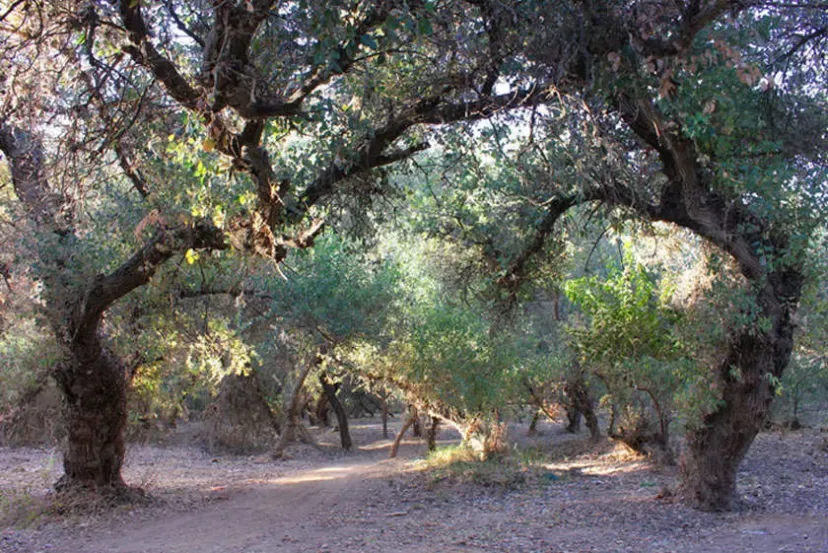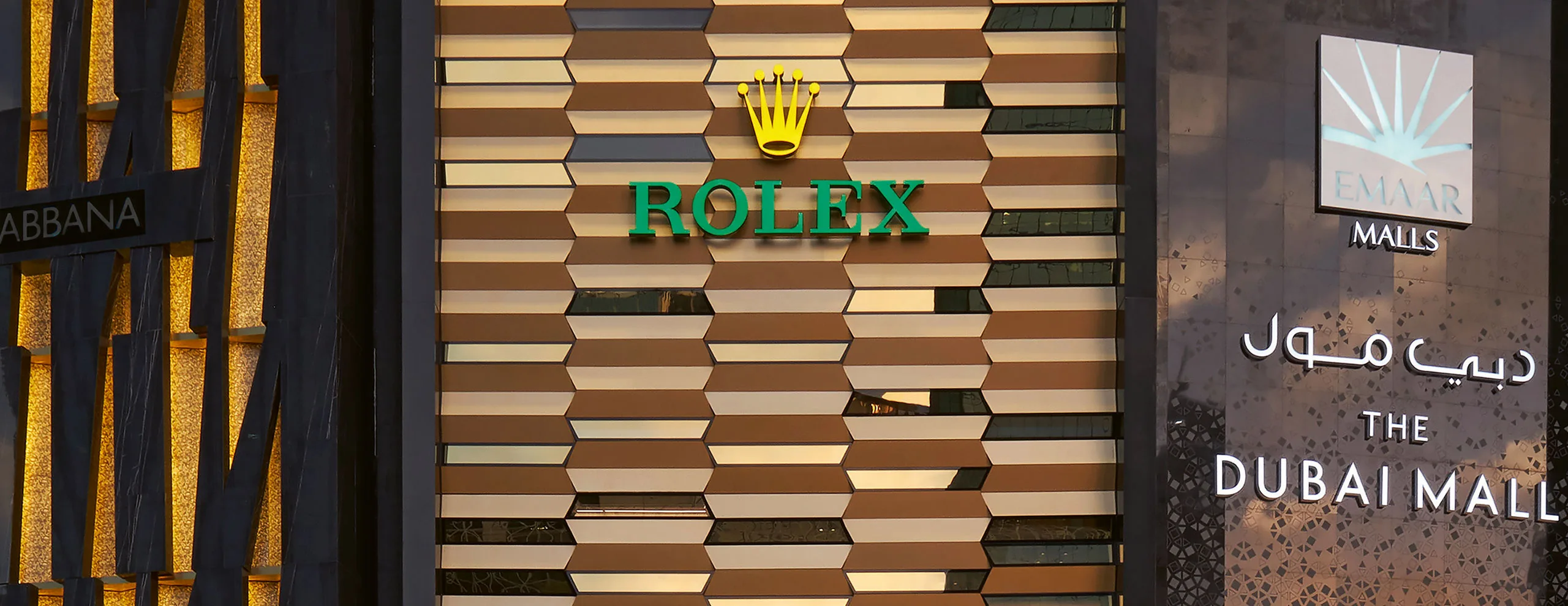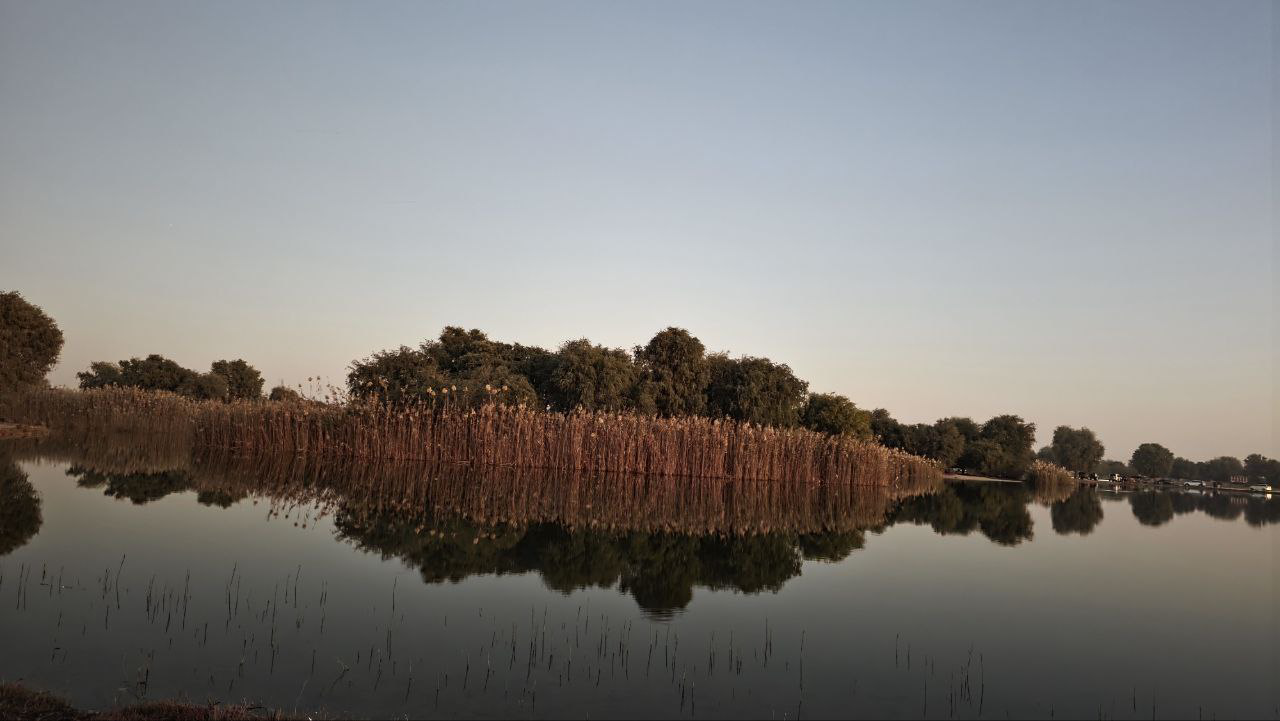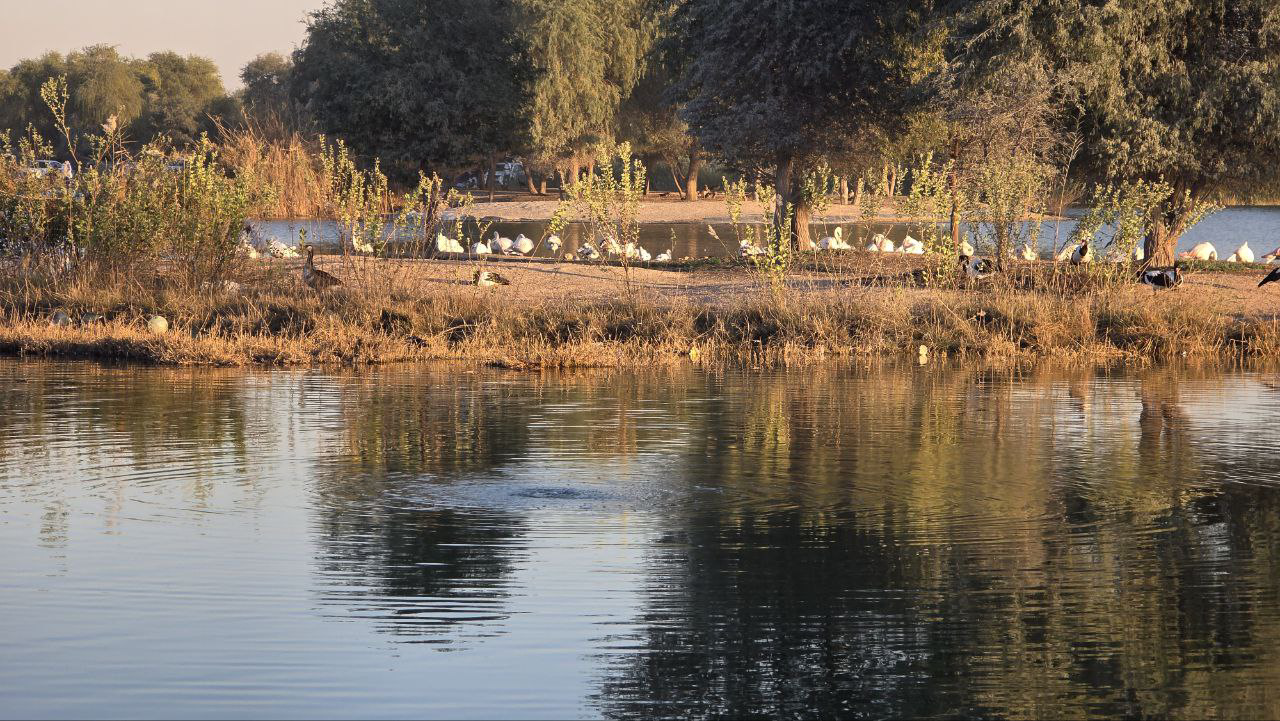The 9 Best Souvenirs from Shahroud
Shahroud County, known as the “small continent” or the “land of five climates,” spans an area of 41,000 square kilometers, stretching from the southern slopes of the eastern Alborz Mountains to the edge of the desert. This county boasts a diverse landscape that includes plains, deserts, sand dunes, steppe regions, rolling hills, mountains, forests, and rivers within a small area.
Due to its location on the route to Mashhad, Shahroud is a very busy destination, with many travelers stopping by annually, either to visit the city itself or for a short stay while en route. Shahroud offers a wide variety of souvenirs, including dried apricot slices, raisins, grapes, cherries, plums, various breads, sugar bread, kak bread, fatir, different kinds of candies and sweets, and handicrafts such as kilims, gelims, jajims, pottery, and ceramics.
As the elevation decreases from north to south within the county, the climate and ecosystem change, resulting in a diversity of housing, culture, customs, and other anthropological characteristics. This climatic diversity also leads to a variety of clothing and handicrafts.
Types of Bread
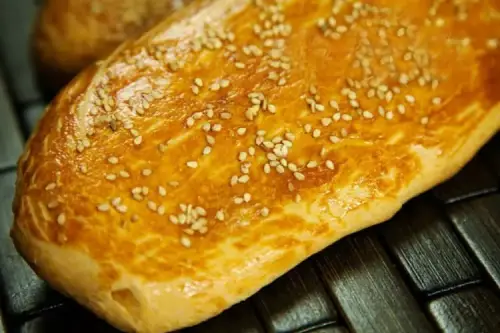
One of Shahroud’s famous souvenirs is its variety of traditional breads, such as kak, sugar bread, and milk bread. These traditional breads, made with different recipes and flavors, are available in many roadside shops and within the city.
Dried Apricot Slices
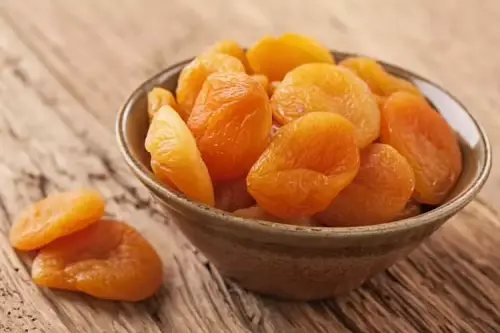
Shahroud’s dried apricot slices and qaisi are renowned worldwide and are considered one of Iran’s tastiest souvenirs, highly popular among both domestic and foreign tourists. A significant portion of the apricot and qaisi production from this county is exported to other countries.
Grapes
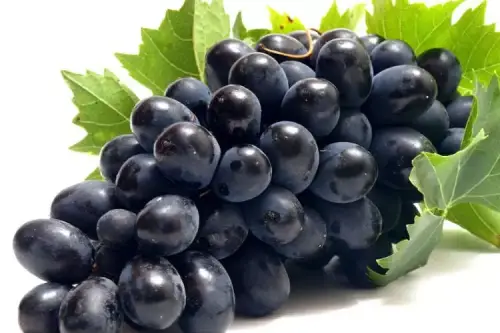
Shahroud boasts over 50 types of grapes, including Shah Baba, Lal, Shahrudi, Black Grapes, Raisin Grapes, Dishuyi, and more. Shahroud’s grapes are well-known across Iran and are also exported internationally. The Grape Festival is celebrated in Shahroud to thank God and showcase the customs, grape derivative production, and the county’s tourist attractions.
Handicrafts
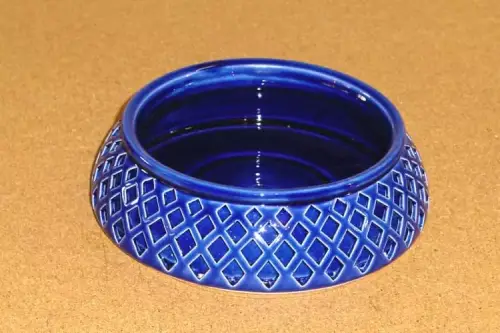
Due to its diverse climate and culture, Shahroud is rich in various handicrafts. Some of the most significant handicrafts from Shahroud, perfect as souvenirs, include:
Pottery and Ceramics
Pottery and ceramics are common in Shahroud. Workshops in Shahroud produce beautiful pottery and ceramic items using slip casting and mold casting methods. Shahroud is considered one of Iran’s pottery hubs, with artisans creating unique pieces, including musical pottery, perforated pottery, double-walled pottery, and glass-infused designs inspired by traditional Iranian patterns. The lightest ceramic bricks and the largest and thinnest ceramic tiles in the world are creations of Shahroud’s renowned artisans.
Kilims, Jajims, and Traditional Woven Textiles
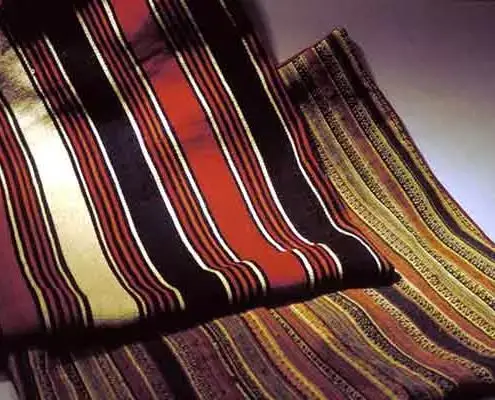
Kilims are a notable handicraft in Shahroud, especially common in desert fringe areas. The nomadic women of the Chudari tribe in the tourist village of Reza Abad Khartouran are among the most skilled kilim weavers in the county. Recently, with educational workshops, kilim weaving has spread to other parts of Shahroud. The patterns on kilims are often inspired by the weavers’ surroundings and typically feature animals, birds, black tents, and geometric shapes.
Jajim, another beautiful and intricately patterned traditional woven textile, is usually crafted in mountainous areas like the city of Mojan. The talented women in these areas spin sheep wool and dye it to create patterned jajims using traditional looms. Locals refer to these intricate jajims as “galich.”
Traditional woven items like wool and cotton fabrics, towels, handkerchiefs, shawls, bedspreads, and leg wraps are other notable handicrafts in Shahroud, recognized as intangible heritage. Most of the active weaving workshops are located in the city of Kalateh Khij, making it known as the city of tana-weaving. Tana weaving, an ancient textile art, traditionally involved women weaving beautiful towels, shawls, intricately patterned handkerchiefs, and bread cloths, which were part of a bride’s dowry.
In the colder regions of Shahroud, women weave a type of wool fabric known as choga, used in making traditional men’s clothing.
Wood Carving
One of the prevalent handicrafts in this county is wood carving. This art involves creating raised and recessed designs using various iron chisels to produce beautiful patterns and Quranic verses on wood. Renowned woodcarvers from the villages of Dehmala and Rahanjan use their skills to decorate furniture components, various decor items, and cabinets. Their products are exported to other cities in Iran and various countries worldwide. Crafting exquisite wood-carved panels is another occupation for the residents of these areas.
Felt Making
Felt making is also common in Shahroud. Felt is created by interweaving carded sheep wool fibers using a solution of water and soap, achieved through prolonged rubbing. This material is used for household rugs and shepherds’ clothing. Most of the felt-making workshops are active in the village of Abrsej, and their products are sent to other parts of the country. Artists in this field use dyed wool to add patterns and enhance the beauty of the felt.
Embroidery
The Khartouran Biarmand region in the southeast of the county, including villages such as Asb Keshan, Ghal’e Bala, Givor, Dezian, Rezaabad, and the city of Mojan in the northwest, are areas where this beautiful art is prevalent. Artists in these areas draw inspiration from nature to adorn their local clothing items. Although embroidery has faded over the past decades, the beautiful patterns can still be seen on headscarves, wristbands, traditional leggings, and local garments of this region.


